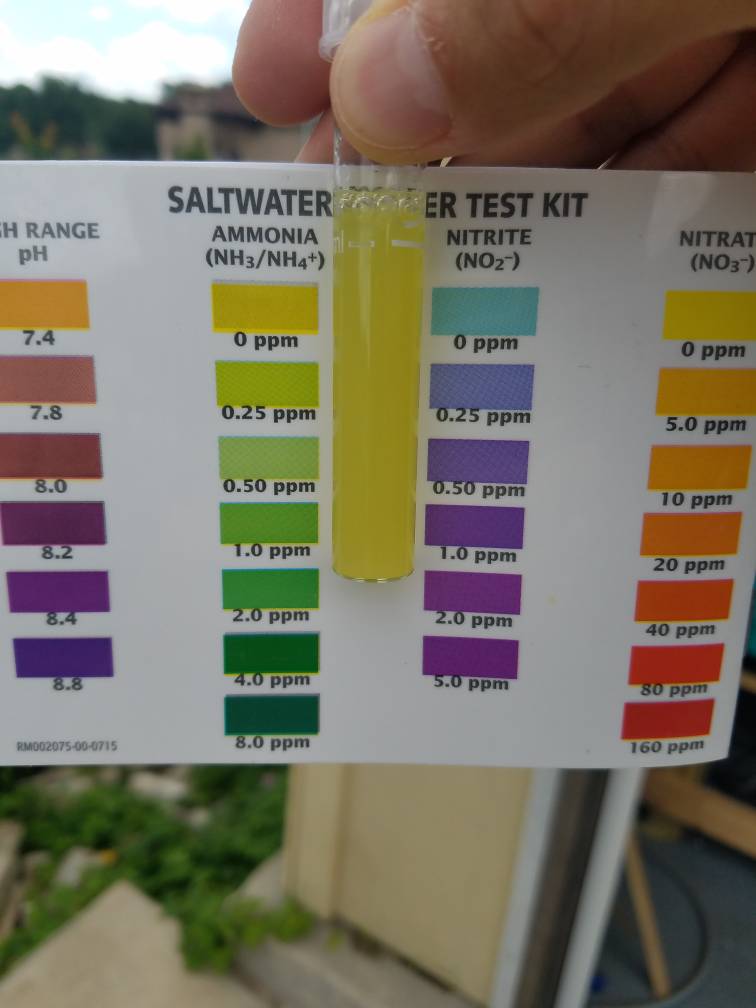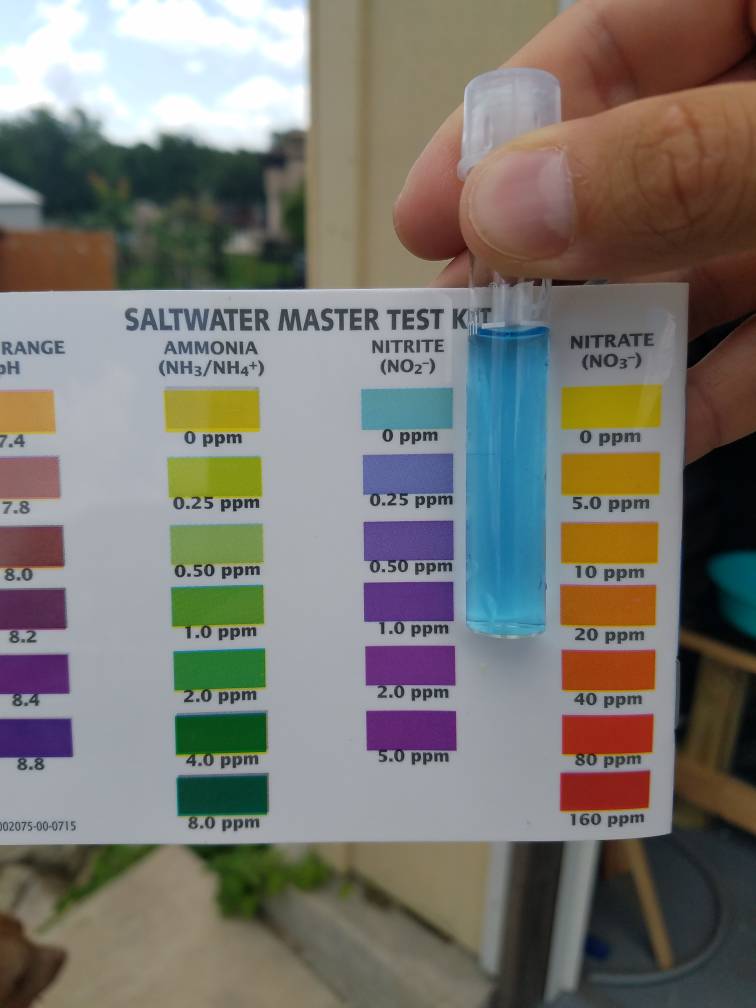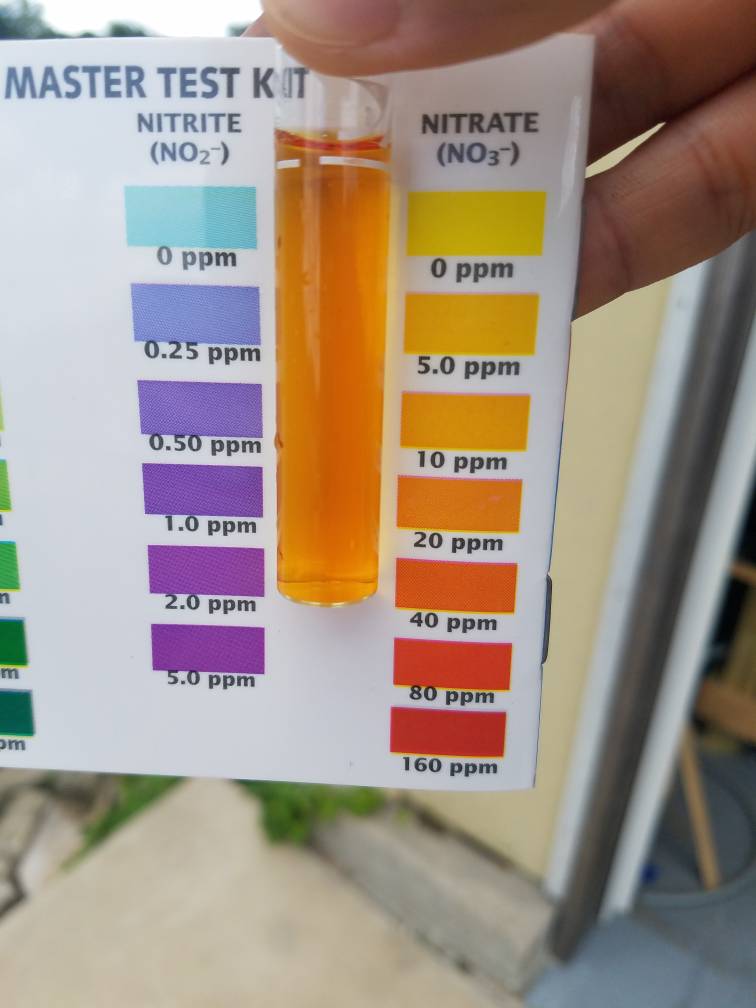- Joined
- May 30, 2017
- Messages
- 207
- Reaction score
- 84
So I just begun my nitrogen cycle with dry rock and dry sand in a 150g water trough for my 185g tank. I'm currently waiting to close on my new house and won't be moving in for a few months. Everyone that I've seen cycle their rock, moves it straight into their tank after the cycle is complete. My question is, what do I need to do to keep my bacteria growing and cycling for the next few months until I can get moved into my new place and get the tank setup? Do I need to do water changes? And should I be worried about keeping ph up around 8.1-8.3? Salinity is 1.026 and phosphates are under .25. Anything else I should be doing or keeping an eye on? Today is day 1 and I am cycling with a shrimp.





















